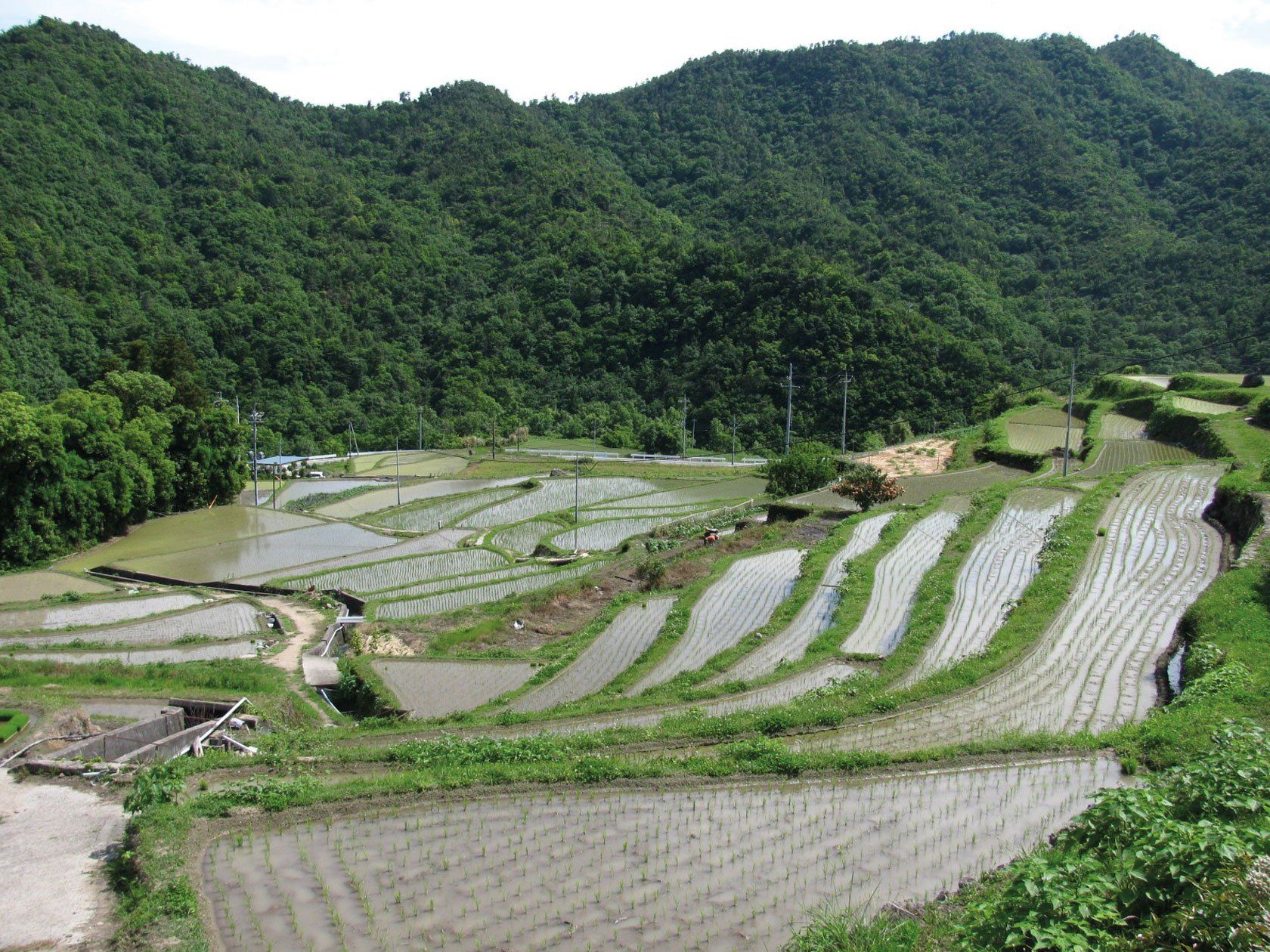1MG FlippingBooks
The view from Japan: Significant opportunities for Australian food products
Among Japanese consumers, Australia is famous not only for its kangaroos and natural landscapes, but also for its gourmet cuisine: meat, seafood, wine, fresh fruits and vegetables and unique fusion dishes.
The most respected food publication in Japan, Oishinbo (circulation of over one hundred million), has covered Australian food and cuisine many times and has contributed to the creation of this image of Australian food culture in the mind of Japanese consumers. Indeed, Australian foods and agricultural products are now entrenched as a part of the Japanese diet. In 2015, Australian export of food and agricultural products to Japan reached US$3.1 billion, making it the 5th largest exporter of such products to Japan.
Beef accounted for more than half the value of Australia’s food and agricultural exports to Japan, and Australia is Japan’s largest source of imported beef. Popularly referred to in Japan as Aussie beef, it is one of the Australian products most recognised among Japanese consumers. You can find Aussie beef in almost all supermarkets, and it has become a popular alternative to increasingly expensive domestic products.
Due to the ageing of Japan’s beef cattle breeding farms and the declining number of dairy farms, the number of calves has been decreasing rapidly to the point that calf prices reached a historic high in March of 2016 – up 25 per cent from the previous year. While the price of imported beef has also been increasing it is still about half the price of Japan’s domestic Wagyu and is therefore often sought after by Japanese consumers as a more affordable everyday option. With the Japan-Australia Economic Partnership Agreement (EPA) having gone into effect in January of 2015 and the Trans-Pacific Partnership Agreement (TPP) having recently been signed, the current relatively high tariff on beef (38.5 per cent) will be decreased significantly (down to 9 per cent within 16 years), a favourable result for those exporting Aussie beef.
Other commonly imported products include: cheese, rapeseeds, wheat, sugar, marine products, oranges and wine. Despite Japan’s shrinking population, most of the Australian companies exporting these products have the opportunity to expand their markets. For example, Japanese consumption of cheese and wine is rising rapidly, obviously at a growth rate past what domestic production can keep pace with. Import volume in Japan of Australian oranges is second only to oranges from the U.S., and there is good potential for expanding Australia’s presence in the Japanese summer orange market.
Most of the other popular Australian exports to Japan – cheese, rapeseeds, wheat and sugar – are used as ingredients in the food industry, presenting limited opportunities for Japanese consumers to become aware of the products’ country of origin.
In Japan, opening up the country for agricultural imports is still a controversial topic and the TPP in particular has faced fierce opposition from farmers, agricultural associations and consumer organisations. While the fear that cheap agricultural imports will affect Japanese farmers holds a deal of truth, Japanese agriculture – and its society in general – is facing the more fundamental and pressing issue of an ageing population and an extremely low birth rate. In a press conference held last year, the new head of the Central Union of Agricultural Co-operatives (JA-ZENCHU) admitted that if ageing and farm retirement trends continue at the current pace, Japanese agriculture would collapse in 10 years.
Japan, where consumers generally prefer buying domestic products to imported ones, is thus faced with two major challenges: to energise the domestic agricultural sector and secure an adequate supply of domestic products, and to compensate for decreased agricultural production with secure access to safe, imported foods. Australia, with its clean and natural image, is therefore in a good position to sell more of its products to Japan and satisfy Japanese consumers’ need for safe and high-quality products.
In addition to the opportunities open to Australia in the Japanese market, there are also numerous investment opportunities for Japanese companies within Australia. Australia has long been an attractive destination for investments from the Japanese food industry, and a number of Japanese companies have already invested in Australian agriculture in order to secure supplies of raw materials, manufacture processed foods, or expand stock to supply sales in the Asian and Oceanian markets. Japanese companies investing in Australian food and agriculture include Nippon Ham (beef), Kirin (brewery), Mitsui (grain) and Kagome (vegetables).
Due to the rapidly shrinking Japanese market, Japanese food manufacturers are increasingly faced with pressure to expand their business outside Japan; Australia is seen as a good business base for expanding into the ASEAN market, the priority market for the Japanese food industry. In the last year, Japan’s Ministry of Agriculture, Forestry and Fisheries initiated a new program aimed at identifying opportunities for investment in food value chains across Northern Australia. With the TPP signed and Regional Comprehensive Economic Partnership (RCEP) under negotiation, Australia is likely to continue to both draw attention from, and offer solutions to, the Japanese food industry.
About the author: Ayako Kuroki and Chisa Ogura are senior consultants at Promar Consulting, a Tokyo-based, international research and consulting firm specialising exclusively in global food, fisheries and agribusiness markets. Promar Consulting works throughout the world to assist private companies, trade organisations and governments to access markets, improve strategies and explore business opportunities.

















